I want to split each field below into separate columns, and I want to do it without specifying column names, since I am processing a lot of files together, one after another, and each file has different number of columns. The goal is to read the each file in to a dataframe, with its filename as a dataframe name. I am using a dictionary for the same:
import pandas as pd
import zipfile
import re
Tables = {}
with zipfile.ZipFile('*.zip') as z:
for filename in z.namelist():
df_name = filename.split(".")[1]
if df_name == 'hp':
with (z.open(filename)) as f:
content = f.read().decode('utf-8')
content = NewLineCorrection(content)
df= pd.DataFrame(content)
cols = list(df[0][0])
df[0] = list(map(lambda el:[el], df[0]))
#df[0] = df[0].split(',')
print(df.head())
#df.columns = df.iloc[0]
#df = df.drop(index=0).reset_index(drop=True)
#Tables[df_name] = df
def NewLineCorrection(content):
corrected_content = ( re.sub(r'"[^"]*"',
lambda x:
re.sub(r'[\r\n\x0B\x0C\u0085\u2028\u2029]',
'',
x.group()),
content) )
corrected_content = corrected_content.replace('"', '')
corrected_content = corrected_content.replace('||@@##', ',')
ContentList = list(corrected_content.splitlines())
return ContentList
The .split() function is not working for me for some reason and I am not sure how to find out why.
